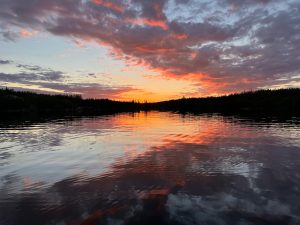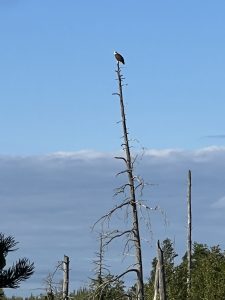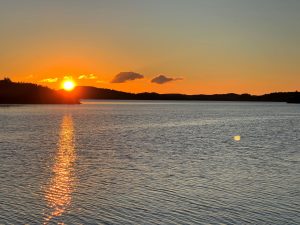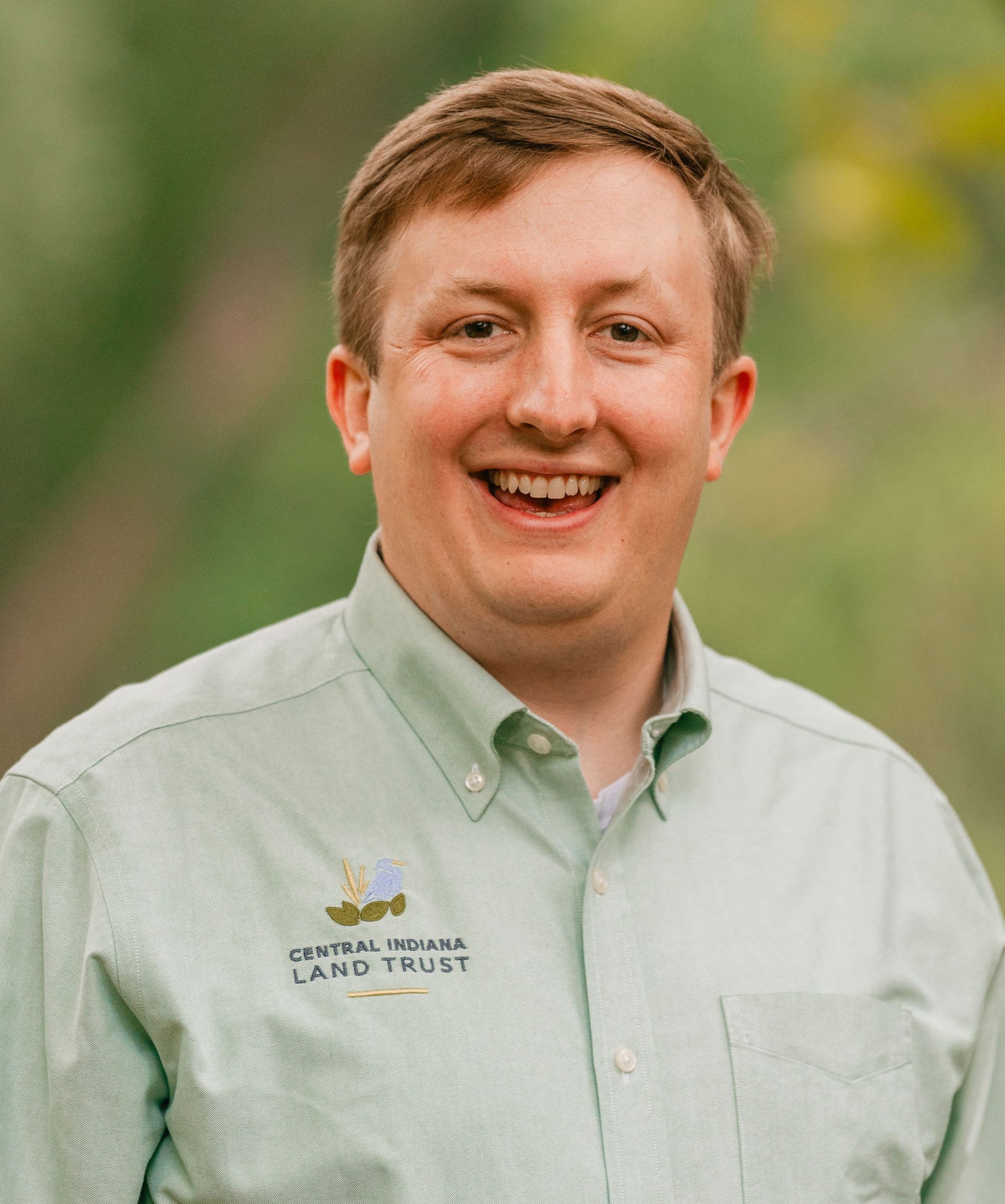by David Barickman, Development Systems Manager
Vibrant night skies. Silent stretches of water. Bald eagles, loons, beavers. And total peace.
That was my experience of the Boundary Waters Canoe Area Wilderness (BWCAW) last month.
That first day, as my father and I paddled away from the outfitter’s dock and across Seagull Lake, it was apparent we were leaving several things behind. Much farther south, on our drive, we had left deciduous trees behind. More recently in Grand Marais, we had left cell phone signal behind. Now we were paddling away from access to extra supplies, our car, and many other conveniences.
We paddled a little further, and we left the last house and road behind as we passed a sign welcoming us into the official wilderness area.
What is wilderness? Wilderness can mean many things, but the U.S. Forest Service’s definition of wilderness is: “an area where the earth and its community of life are untrammeled by man, where man himself is a visitor who does not remain.” This was written as part of the Wilderness Act of 1964, legislation that preserves the BWCAW and 803 other wilderness areas that encompass a total of 111.7 million acres.
 The BWCAW is an expansive wilderness area in northern Minnesota stretching along 150 miles of the border between the United States and Canada. Its eastern edge lies close to the shores of Lake Superior. The BWCAW is just over 1 million acres and is made up of forest and 1,175 lakes. Canoe routes through the BWCAW exceed 1,200 miles.
The BWCAW is an expansive wilderness area in northern Minnesota stretching along 150 miles of the border between the United States and Canada. Its eastern edge lies close to the shores of Lake Superior. The BWCAW is just over 1 million acres and is made up of forest and 1,175 lakes. Canoe routes through the BWCAW exceed 1,200 miles.
Extending this tract of protected forest to the north is Canada’s Quetico Provincial Park (1.17 million acres). To its west is Voyagers National Park (218,035 acres). The geology of the region is what is known as the Canadian shield, made up of large areas of exposed granite bedrock. The forest is part of the “North Woods,” where conifers dominate.
My trip to the BWCAW was five days long and was spent primarily on and around Seagull Lake on the eastern side of the wilderness. I first picked up my father in central Illinois where he lives, and we drove just over 700 miles north to Grand Marais, MN. From there, we headed into the Superior National Forest down the Gunflint Trail to Seagull Outfitters, where we rented our canoe and began our trip.
After passing into the BWCAW, beyond the “no motorized boats” sign, we paddled on several more miles to the far side of the lake to where we intended to camp. Our plan was to paddle and portage to nearby lakes each day.
Even as we left many comforts behind, it became clear we were gaining many benefits as we entered the wilderness.

We began to see more wildlife each day. Each morning, a tiny red squirrel chattering at our tent woke us up. I flushed three or four startled grouse from the underbrush nearly every morning. We saw multiple bald eagles each day and paddled past many eagle nests. One evening, as I spent a few hours fishing, I was joined by a bald eagle perched about 100 yards away atop a dead pine. Another evening, during a late paddle, we saw no less than 10 beavers swimming around the calm bays of the lake. And of course, there was the iconic north country auditory backdrop of loons throughout the trip.
We also noticed more moments of peaceful quiet, or at least an absence of man-made noise. Noise pollution was low enough that, at times, when the wind was soft and the loons were calm, you could enjoy real silence. In that moment, you could pick up on fascinating sounds like the babbling of a riffle on a river far away or the lake softly lapping at the shore.
The night sky was also more vivid. The BWCAW is the largest designated Dark Sky Sanctuary. A Dark Sky Sanctuary is a place recognized for its exceptional starry nights and lack of light pollution by the Dark Sky Association. Each night before we turned in, we would marvel at the vibrant sky filled with more stars than we had ever seen. Just a few nights after we left the BWCAW, the Northern Lights treated other visitors to a brilliant display.
 We also enjoyed the solitude, which provided a welcome rest from daily life. I wouldn’t say I live a hectic or chaotic daily life. However, modern life puts constant demands on a person’s attention and focus. In the BWCAW, my phone received no notifications, no one was trying to get my attention (other than our constant friend the red squirrel), and I had nowhere to be. This, for me, was restorative.
We also enjoyed the solitude, which provided a welcome rest from daily life. I wouldn’t say I live a hectic or chaotic daily life. However, modern life puts constant demands on a person’s attention and focus. In the BWCAW, my phone received no notifications, no one was trying to get my attention (other than our constant friend the red squirrel), and I had nowhere to be. This, for me, was restorative.
While I would certainly advocate that anyone remotely interested in a wilderness experience make a trip to the BWCAW, it is not the only way you can access some of these benefits. In many ways, wilderness could be seen as a juxtaposition of the modern drive towards development. In that way, there are many pockets of wilderness that hold treasures for you to enjoy. There are many here in Central Indiana! Nature preserves can be a wonderful place to clear your schedule, turn off your phone, and enjoy a small slice of wilderness close to home.
If you would like to learn more about the BWCAW, I would suggest checking out Friends of the Boundary Waters Wilderness.

David Barickman
Development Systems Manager